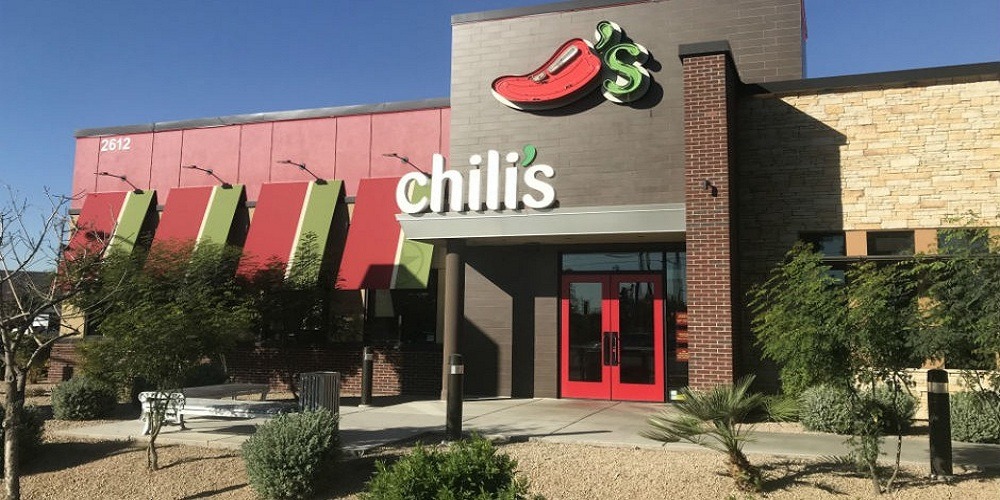Flexibility and efficiency are among the aspects that improve the results of franchisors and successful franchisees
Mistakes and successes over the years – sometimes decades – are the basis for building successful franchises. Franchisors bring together the knowledge they need to get their hands on the pointers and promote a healthier expansion not only for them but also for successful franchisees.
These four American networks, all visited by Small Business & Big Business, tell how they refined their successful franchisees models.
1. Flexibility in the model
For a long time, the Chili’s restaurant chain, founded in 1975, maintained a rigid standard for its units: they all had very similar sizes and menus. The model worked well for US stores, but the units in other countries did not respond well to the same format. “That slowed down the expansion,” says Robert Bartley, director of development for the Americas at Chili’s. The brand even had a store in São Paulo, but the cost of construction and implementation was one of the reasons why the project did not work. In recent years, the network has undergone a reinvention. Different restaurant models were created, with the variable footage. The plan of the successful franchise adapts to the property and space. The menu is reduced and concentrated on the specialties of the house: hamburgers, fajitas, and ribs. Kitchen equipment can be purchased locally, which reduces import costs for units outside the United States. Today, Chili’s has 1,600 restaurants in 32 countries. “And since we cannot stay out of Brazil, we want to go back there,” says Bartley.
2. People who deliver
The selection of resumes and the traditional job interviews are not part of the selection process of ice cream mills Cold Stone Creamery, a network founded in 1988 that today has 3,000 units in 34 countries, including Brazil. “To work in the stores, you have to do a test, as if it were for a role in a movie. People need to sing and dance, “says Brian Richard, vice president of international network operations. This is because entertainment is crucial to maintaining the fun aspect of the brand. It is not uncommon to see the attendants doing choreographies or throwing ice cream balls from side to side. Successful franchisees are selected for excellence. From them, intensive training in operations, customer service, finance, and marketing is required. Classes are held at the company’s headquarters in Scottsdale and in already assembled stores.
3. Efficiency in Management
Chiropractic is the specialty of The Joint Chiropractic clinic network. The brand attracts professionals of the area with the proposal of providing a larger number of customers and billing than in a traditional office. The business works on a subscription scheme – the customer pays monthly and can be serviced at any unit, at any time. The franchisor’s financial system automatically distributes the payments to the successful franchisee who performed the service. “Like the subscription model, revenue is recurring,” said Eric Simon, vice president of sales and development for successful franchises. The successful franchisee has access to all of the patient’s information, even if he has not made his initial registration with that unit. Each clinic needs three or four employees. The franchising company is also lean. There are 40 employees – the brand has 400 stores in the United States. Network support is the responsibility of 18 area developers, who select successful franchisees and serve as a business coach for unit owners. Read more Optimizing Small Business Houses with Prudent Managerial Attributes. Another action you can take to have a better grasp of the franchising area and its processes is through looking at franchise networks or joining a franchise solutions group.
4. Retail Technology
At one of the 15,000 Circle K convenience stores, there can be up to 4,000 different product types. As the brand operates in 25 countries, each with its consumer habits and commercial point formats, it is necessary to know precisely what items will be part of the mix of a given unit. The network uses three interconnected systems: an ERP, stock control software, and another program for front-of-the-box management. “We use all this data to define the ideal mix of goods in one place,” says Robert Southwick, director of international successful franchises for Circle K, a company founded in 1951. Even with this technology, when expanding in a particular country, a brand does not open one hundred stores at a time. “We built three and stopped. We make hits and we open four more. Then we fix it again, “says Southwick.
Visit our Youtube Channel Trends Magazine
Read more Franchise For Your Business: Advantages and Disadvantages






